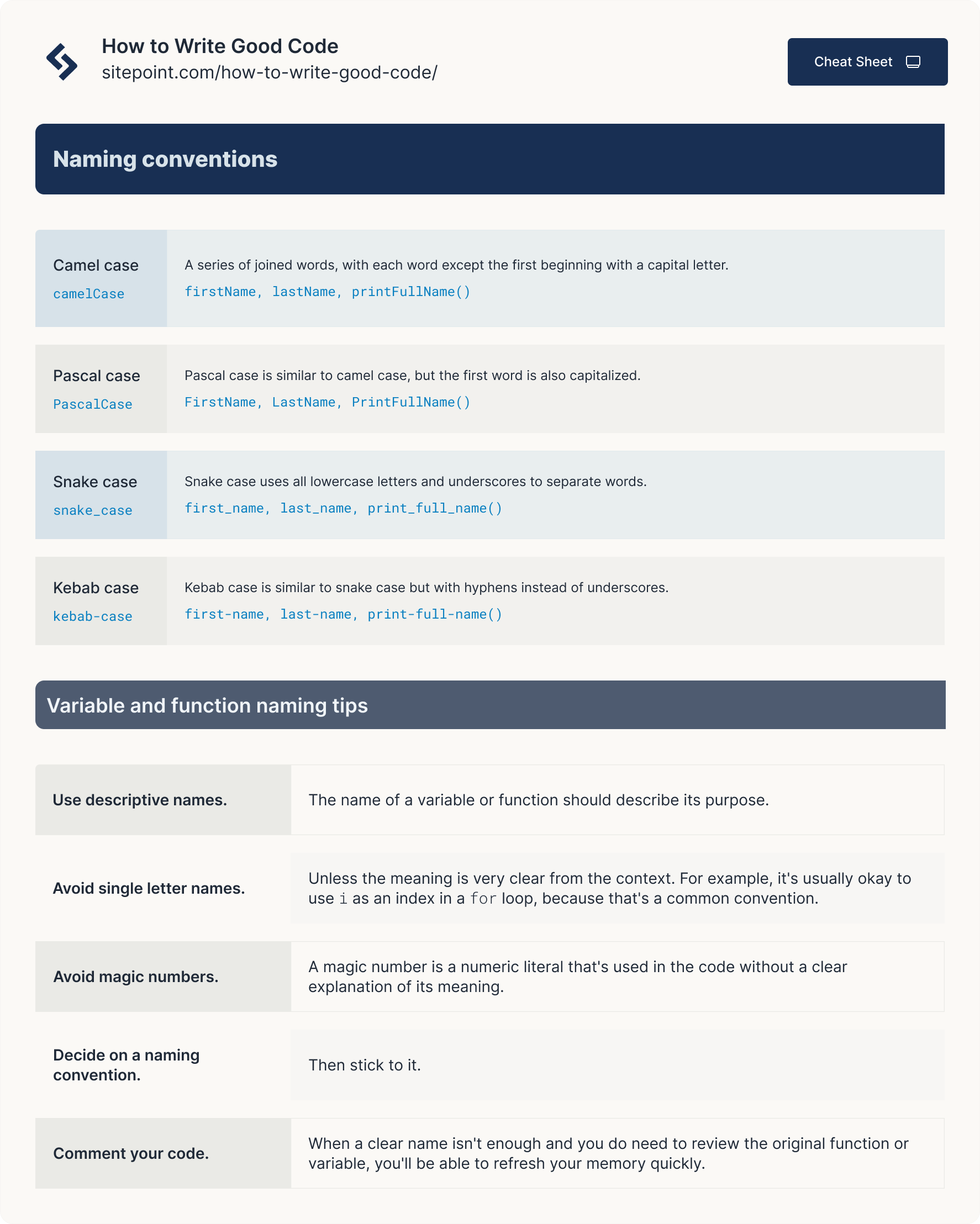
Enhance Readability and Efficiency with Code Structure Tips
In the realm of software development, writing code is not just about functionality—it’s also about creating code that is readable, maintainable, and efficient. Proper code structure plays a crucial role in achieving these goals. Here are some valuable tips to enhance the structure of your code for optimal performance.
1. Meaningful Variable and Function Names
Choosing meaningful names for variables and functions is fundamental to writing readable code. Descriptive names not only make your code self-explanatory but also contribute to the overall understanding of the program. Consider using camel case for variables and functions to improve clarity, making it easier for others (or your future self) to follow the logic.
2. Organize Code into Functions and Modules
Breaking down your code into smaller functions and modules is a key aspect of maintaining a clean and organized structure. Each function should ideally perform a specific task, promoting code reusability and making debugging more manageable. Modularizing your code not only enhances readability but also facilitates collaboration among team members.
3. Consistent Indentation and Formatting
Consistency in indentation and formatting is essential for code readability. Whether you choose spaces or tabs, sticking to a consistent style throughout your codebase ensures that it remains visually coherent. Many modern integrated development environments (IDEs) have built-in tools to automatically format code, making it easier to adhere to a consistent style.
4. Comments for Clarity
While it’s encouraged to write code that is self-explanatory, judicious use of comments can provide additional clarity, especially for complex logic or algorithms. Comments should be concise, focusing on explaining the why rather than the what. Over-commenting can clutter the code, so strike a balance to ensure comments add value without being redundant.
5. Error Handling and Edge Cases
Proper error handling is often overlooked but is crucial for robust code. Identify potential error scenarios and implement appropriate error-handling mechanisms. Consider edge cases and test your code under various conditions to ensure it behaves predictably. Well-handled errors not only prevent unexpected crashes but also contribute to a more resilient application.
6. Version Control and Collaboration
Utilizing version control systems, such as Git, is essential for collaborative software development. Branching and merging enable parallel development, and commits provide a historical record of changes. By following version control best practices, you not only enhance collaboration but also have a safety net to revert to previous states if issues arise.
7. Optimize Code for Performance
Efficient code is a goal for any developer. Regularly assess your code for performance bottlenecks and seek opportunities for optimization. This could involve choosing the right data structures, minimizing resource-intensive operations, and leveraging algorithms with better time and space complexity. Optimization contributes to a faster and more responsive application.
8. Continuous Learning and Refactoring
The world of programming is dynamic, with new languages, frameworks, and best practices emerging regularly. Stay informed about industry trends and continuously update your skills. Periodically review and refactor your codebase to incorporate new knowledge and improve its overall quality. Refactoring not only enhances performance but also ensures your code remains relevant and maintainable.
In conclusion, adopting these code structure tips can significantly improve the readability and efficiency of your code. By prioritizing clean and organized coding practices, you contribute to a positive development experience for yourself and your collaborators.
For more in-depth insights into code structure and best practices, check out Code Structure Tips.








